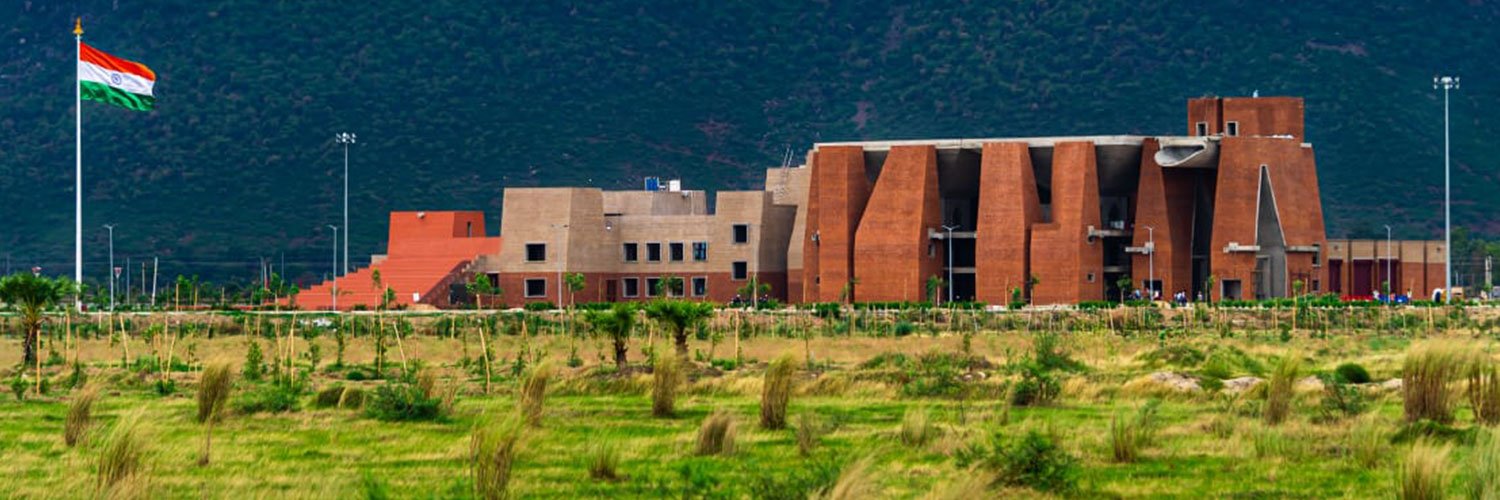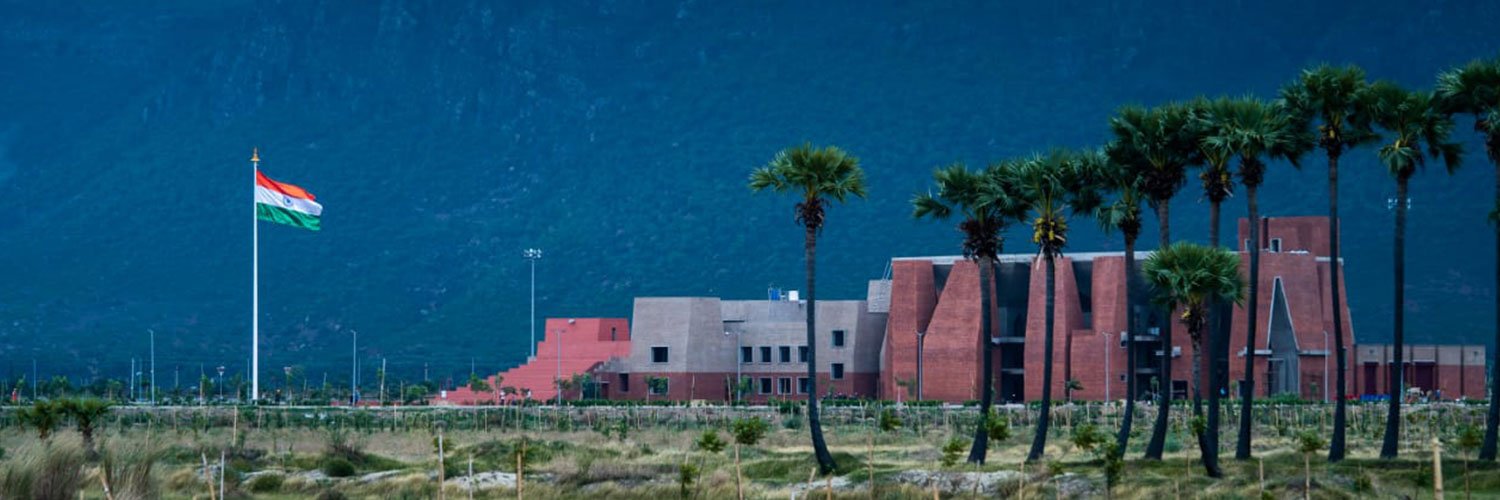Nestled in the serene plains of modern-day Bihar, India, lies the historical marvel of Nalanda University. This ancient seat of learning, often regarded as one of the world’s first residential universities, holds a rich tapestry of knowledge and a legacy that resonates through centuries.
#### Origins and Early History
Founded in the 5th century CE during the Gupta dynasty rule, Nalanda University quickly evolved into a prestigious center of learning. It attracted scholars and students from far-flung corners of Asia, offering education in various fields such as Buddhist studies, philosophy, logic, mathematics, medicine, and linguistics. The university’s prominence reached its zenith during the reign of Emperor Harsha of the Vardhana dynasty in the 7th century CE.

#### Academic Excellence and Infrastructure
The sprawling campus of Nalanda spanned over an area of several square kilometers, comprising of numerous temples, monasteries, and lecture halls. It boasted of an extensive library, the Nalanda Library, which was a treasure trove of ancient manuscripts and texts. Scholars believe that the library contained a vast collection of knowledge, including texts from as far back as the 3rd century BCE.
The university’s architecture reflected the scholarly ethos of ancient India, characterized by its red brick buildings and stupas, and it served as a hub of intellectual discourse and debate among the brightest minds of the time.

#### International Center of Learning
What set Nalanda apart was its international character. Students and scholars from China, Korea, Japan, Tibet, Mongolia, Sri Lanka, and Southeast Asia flocked to Nalanda to study under revered teachers such as Nagarjuna, Aryadeva, Vasubandhu, and Dharmapala. This exchange of ideas and cultures contributed significantly to the intellectual vibrancy of the university, making it a beacon of multiculturalism and intellectual curiosity.

#### Decline and Revival
The decline of Nalanda University began around the 12th century CE due to a combination of factors, including invasions and the shift in political and religious dynamics in the Indian subcontinent. The once-thriving center of learning fell into disrepair and eventually faded into obscurity.

However, the spirit of Nalanda was revived in the late 20th century. In 1951, the Nalanda Mahavihara was established nearby as a dedicated center for research in Pali literature and Buddhist studies. In 2010, the Government of India launched the ambitious Nalanda University Project, aimed at reviving Nalanda as a modern international university.

#### Modern-Day Nalanda University
Today, the newly established Nalanda University in Rajgir, Bihar, seeks to embody the ethos of its ancient predecessor. It offers courses in various disciplines, focusing on the humanities, social sciences, and environmental studies, among others. The university aims to foster a spirit of academic excellence, internationalism, and cultural exchange, much like its ancient counterpart.

#### Legacy and Inspiration
The legacy of Nalanda University continues to inspire scholars, educators, and students worldwide. Its emphasis on critical inquiry, holistic education, and the pursuit of knowledge transcends time and remains relevant in today’s globalized world. The story of Nalanda is a testament to the enduring power of education and the resilience of human intellect in the face of challenges.
In conclusion, Nalanda University stands as a symbol of India’s rich intellectual heritage and its enduring contributions to global knowledge. As we look to the future, the revival of Nalanda represents not just a restoration of ancient glory but also a commitment to nurturing future generations of thinkers and innovators who will shape our world.

As we celebrate its legacy, let us remember Nalanda University not just as a relic of the past but as a guiding light for the pursuit of wisdom and understanding in the quest for a better .

